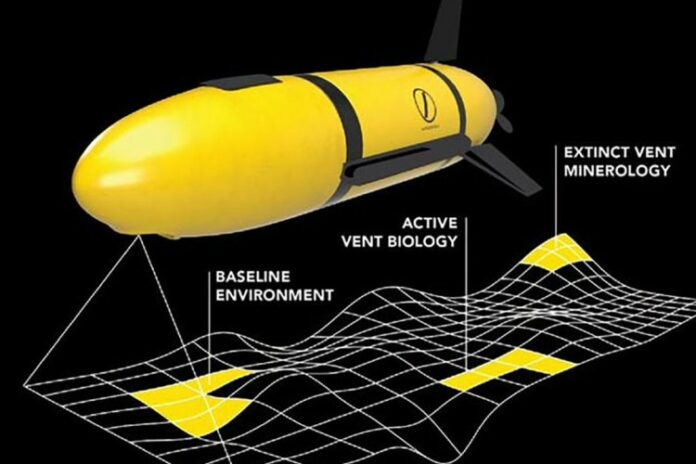The startup has partnered with the US Department of Interior’s Bureau of Ocean Energy Management (BOEM) to advance this robotic technology. The partnership aims to bring robotic laboratories to the ocean’s depths to locate, size, and characterize mineral resources and biological communities.
VIPER leverages Impossible Sensing’s space exploration capabilities, which were initially created for NASA, to thoroughly map and discover marine minerals in the US exclusive economic zone. It also gives critical information on sensitive habitats and species while these advancements aim to minimize the nation’s strategic vulnerabilities. This can enable a global shift to clean energy while also documenting the deep-sea biodiversity. Impossible Sensing claims VIPER to be a cost-effective tool that can discover and evaluate marine cleantech resources.
It collaborates with BOEM to gather further information on the location and extent of critical minerals on the outer continental shelf. Without the need to take samples, Impossible Sensing and BOEM anticipate that 100 km2 mineral and environmental assessments can be conducted in days rather than months. Additionally, VIPER can also help reduce carbon emissions.
Clean technology has become a hot topic among businesses to decrease or eliminate pollution and waste while also increasing production and efficiency. It can also help every firm, regardless of industry to gain a competitive advantage with this technology adoption. Impossible Sensing is seemingly transforming its space exploration inventions into game-changing cleantech solutions and aims to bring seafloor mineral riches to market in a sustainable and timely manner, as required by rapid decarbonization.



